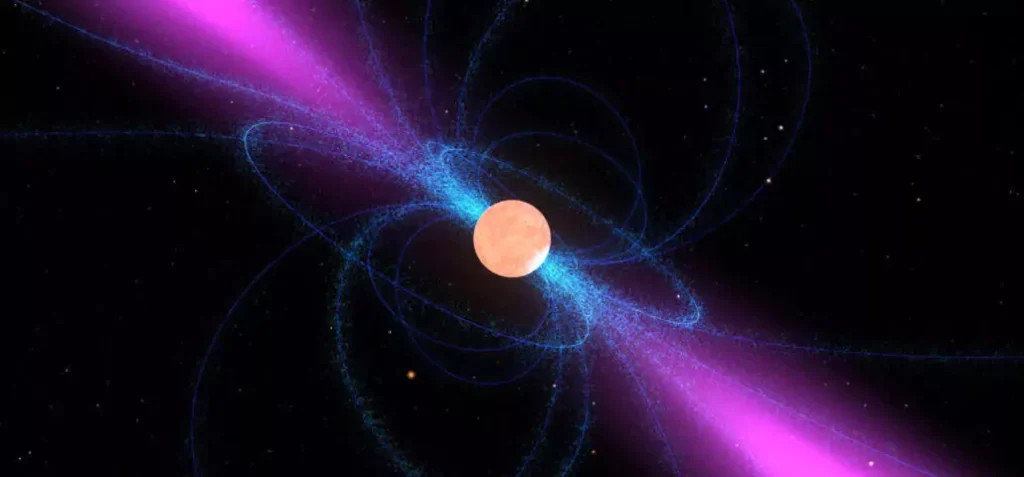The pulsar star was discovered in 1967 when astronomers, armed with telescopes, detected the rhythmic pulses of this celestial entity. They named it “the Pulsar” due to its pulsating nature—similar to a lighthouse piercing its rhythmic light throughout space.
Going back 1400 years, you’ll find a description of this cosmic phenomenon in the Qur’an’s 86th chapter, At-Tariq:
‘Tariq’ in Arabic not only means ‘the one who knocks’ but specifically refers to someone who knocks in the middle of the night on a door. It's derived from the Arabic verb ‘Taraqa,’ meaning ‘to strike or to beat.’ The Qur’an is very accurate, describing a celestial entity that not only emits a rhythmic beat but also resonates with the knock of a visitor in the stillness of the night.
The bridge between ancient scripture and modern science becomes even more profound as scientists, armed with 21st-century technology, capture sounds emanating from the pulsar. Listen closely, and you'll hear a mysterious cadence, resembling a knock on the door in the middle of the night.

Which makes us wonder… How could a text from 1400 years ago encapsulate the essence of a pulsating star long before technology could discover this?
The Qur’an, a timeless guide, seems to hold keys to cosmic truths that continue to unfold with each scientific discovery.